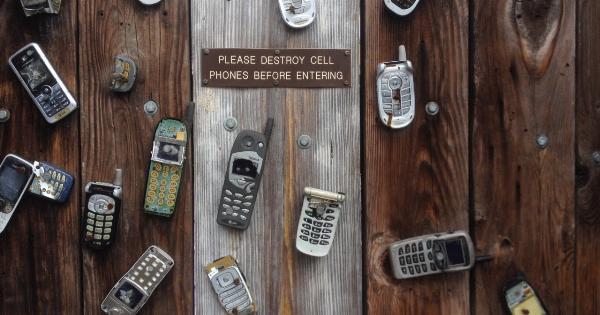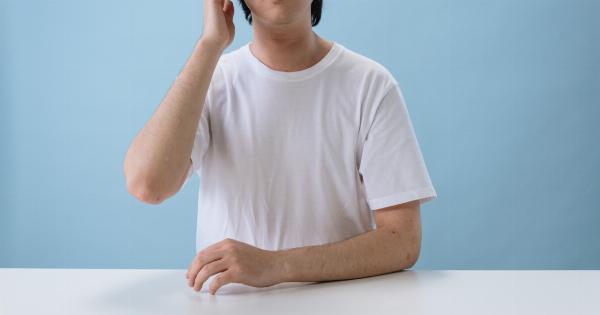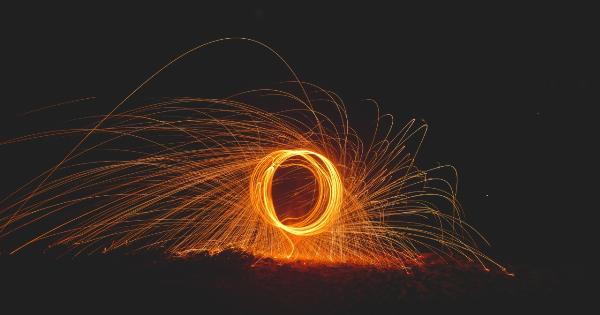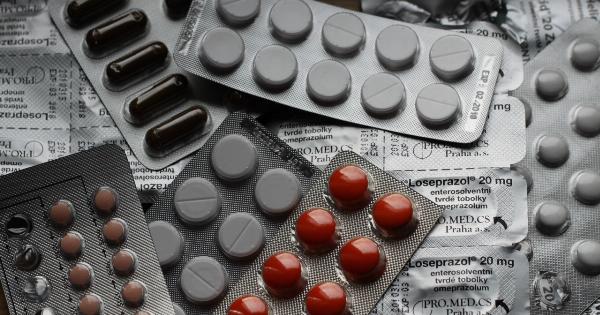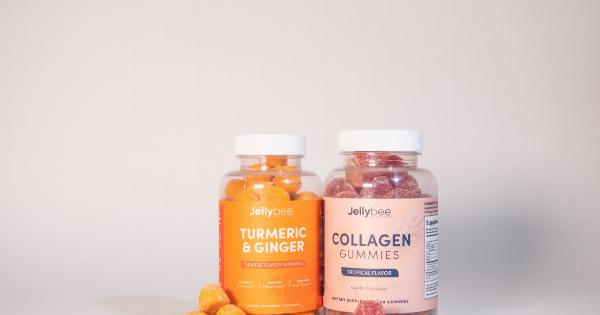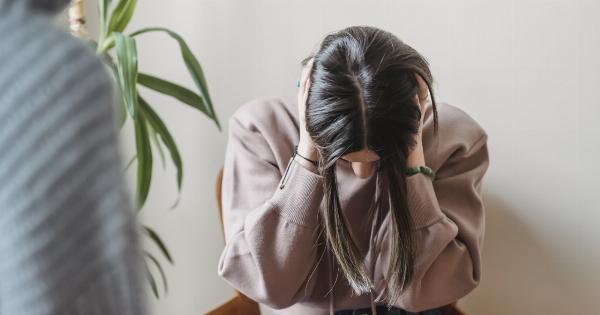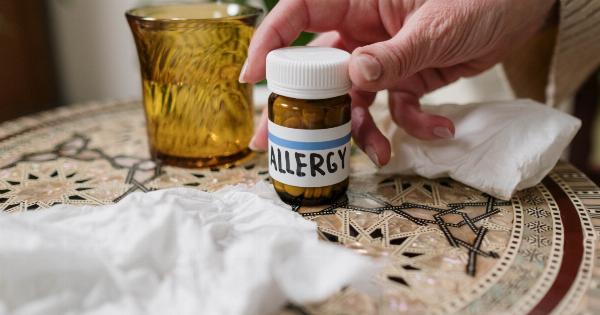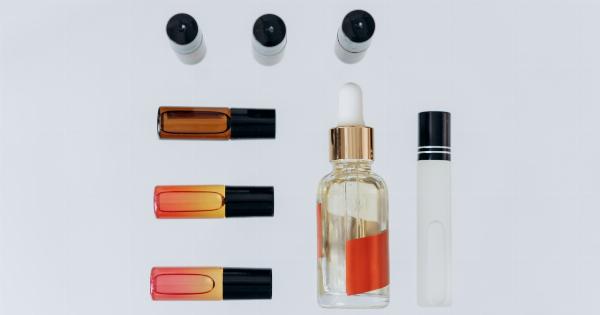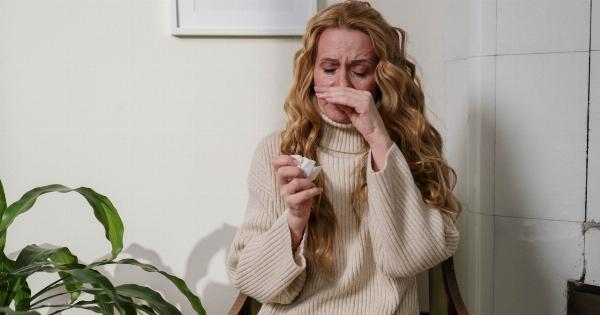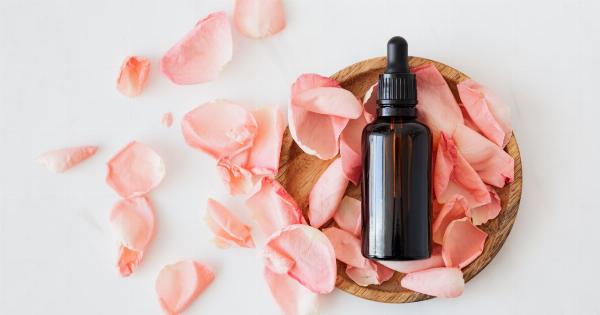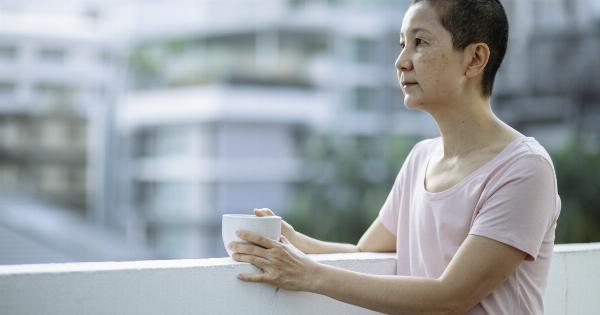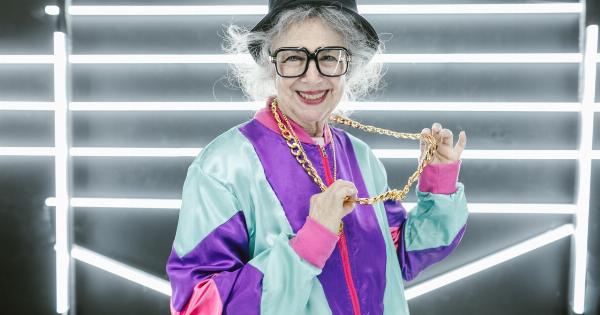Gryoid alopecia, also known as pattern alopecia or androgenetic alopecia, is a hereditary form of hair loss that affects both men and women. It is the most common form of hair loss, affecting approximately 50% of men and women by the age of 50.
While there is no known cure for gryoid alopecia, there are numerous advanced treatments available to help slow or halt the progression of hair loss and promote hair regrowth.
1. Topical Minoxidil
Minoxidil is a topical medication that has been approved by the FDA for the treatment of gryoid alopecia. It works by increasing blood flow to the hair follicles and prolonging the growth phase of the hair cycle.
Minoxidil is available over-the-counter in various strengths, and treatment typically involves applying the medication to the scalp twice a day for at least six months.
2. Finasteride
Finasteride is an oral medication that works by blocking the conversion of testosterone to dihydrotestosterone (DHT), a hormone that contributes to hair loss in people with gryoid alopecia.
Finasteride has been found to be effective in slowing or halting hair loss, and in some cases, promoting hair regrowth. The medication is available by prescription and typically involves taking a 1mg tablet once a day.
3. Platelet-Rich Plasma (PRP) Therapy
PRP therapy is a non-invasive treatment that involves injecting a concentrated solution of platelets from the patient’s own blood into the scalp.
Platelets contain numerous growth factors that can stimulate hair growth and strengthen hair follicles. The treatment typically involves several sessions spaced several weeks apart, and results can be seen after a few months.
4. Low-Level Light Therapy (LLLT)
LLLT is a non-invasive treatment that uses low-level laser or LED light to stimulate hair growth. The light energy penetrates the scalp and stimulates hair follicles, increasing blood flow and promoting hair growth.
LLLT can be administered through a handheld device or a light-emitting helmet, and treatment typically involves a few sessions per week for several months.
5. Hair Transplantation
Hair transplantation is a surgical treatment that involves removing hair follicles from a donor area of the scalp (such as the back of the head) and transplanting them to the balding area.
The procedure is typically performed under local anesthesia and can take several hours to complete. Results can be seen after a few months, and the transplanted hair follicles are permanent and will continue to grow as normal hair.
6. Scalp Micropigmentation
Scalp micropigmentation is a non-invasive treatment that involves tattooing small dots on the scalp to mimic the appearance of a full head of shaven hair. The procedure is typically performed over several sessions, and the results can be long-lasting.
Scalp micropigmentation is ideal for people who prefer a short, shaved hairstyle and are not interested in undergoing hair transplantation.
7. Hair Fiber Powders
Hair fiber powders are a non-invasive treatment that involves sprinkling tiny fibers of keratin onto the scalp to give the appearance of thicker and fuller hair.
The fibers are made of the same protein as natural hair and blend seamlessly with existing hair. The powders are available in various colors and can be easily applied at home.
8. Nutritional Supplements
Nutritional supplements such as biotin, iron, and vitamin D have been found to promote healthy hair growth. These supplements can be taken orally or applied topically and can help strengthen hair follicles and promote hair growth.
Before taking any nutritional supplements, it is important to consult with a healthcare professional to ensure the supplements are safe and appropriate.
9. Essential Oils
Essential oils such as lavender, peppermint, and rosemary have been found to promote hair growth and improve hair health. These oils can be applied directly to the scalp or added to a carrier oil such as coconut oil or almond oil.
The oils can help increase blood flow to the scalp and promote healthy hair growth.
10. Hair Growth Shampoos
Hair growth shampoos contain various ingredients such as biotin, caffeine, and saw palmetto that can help stimulate hair growth and promote hair health.
These shampoos are available over-the-counter and can be used in conjunction with other treatments such as minoxidil or finasteride to promote hair growth.



